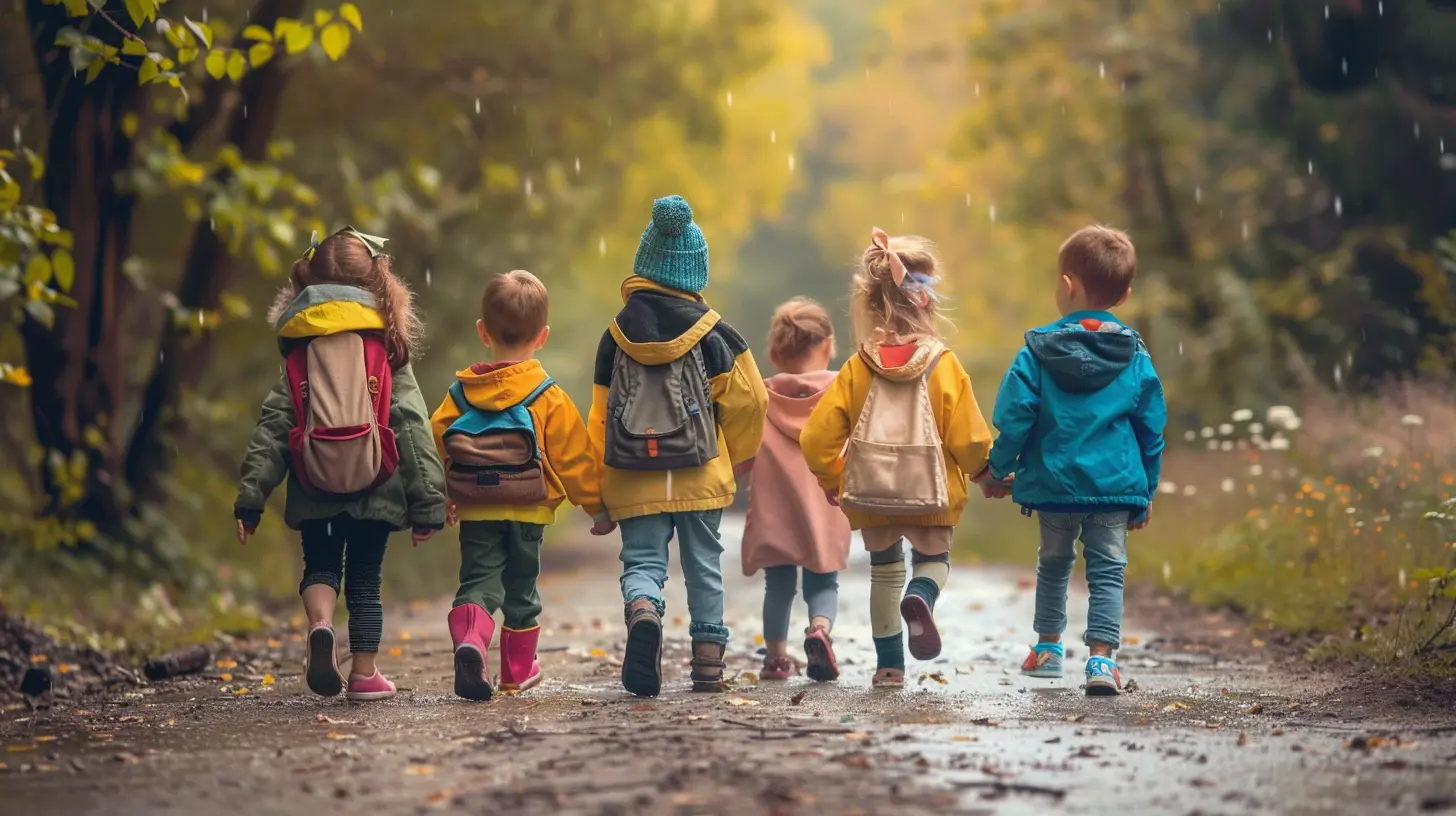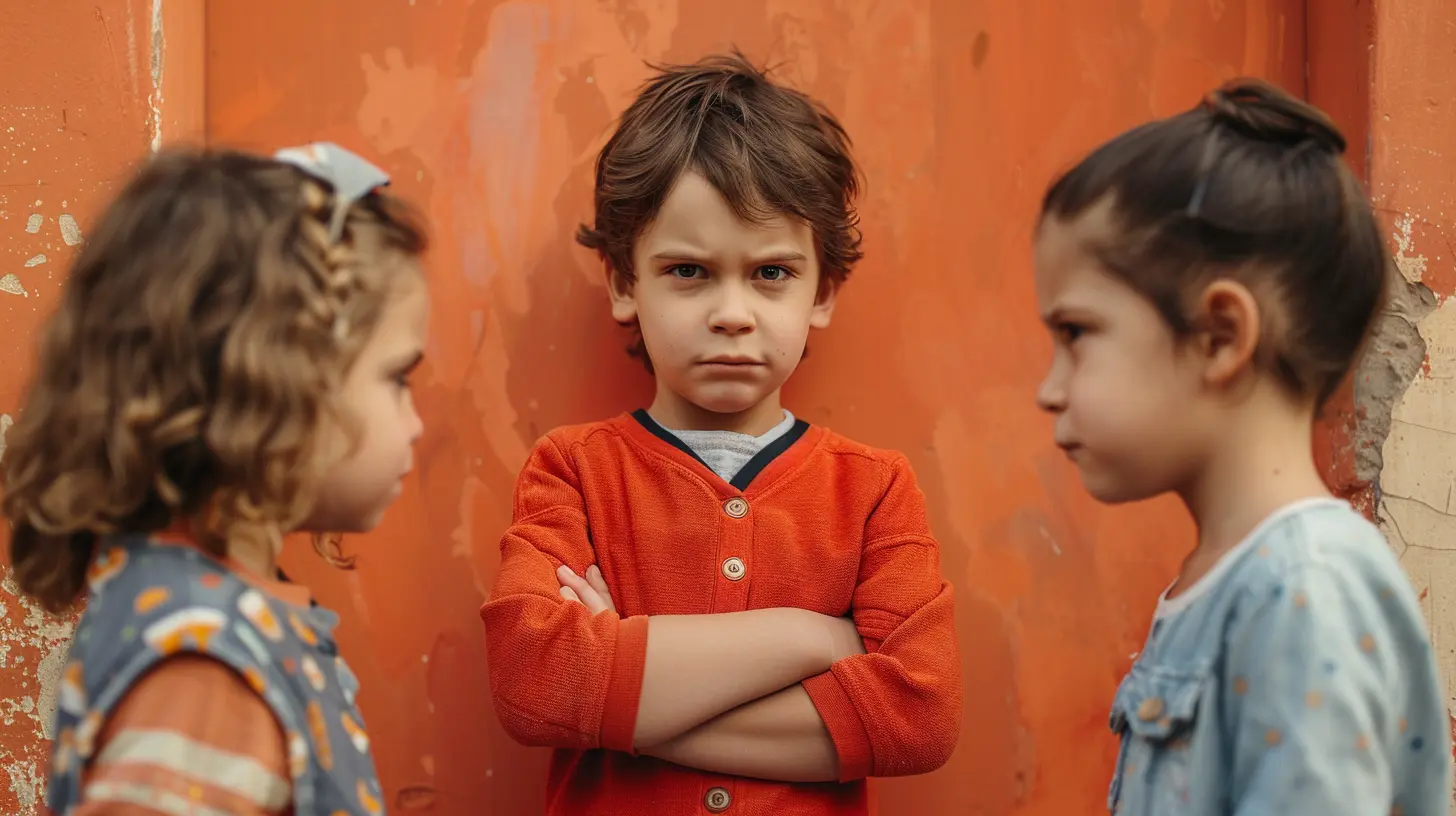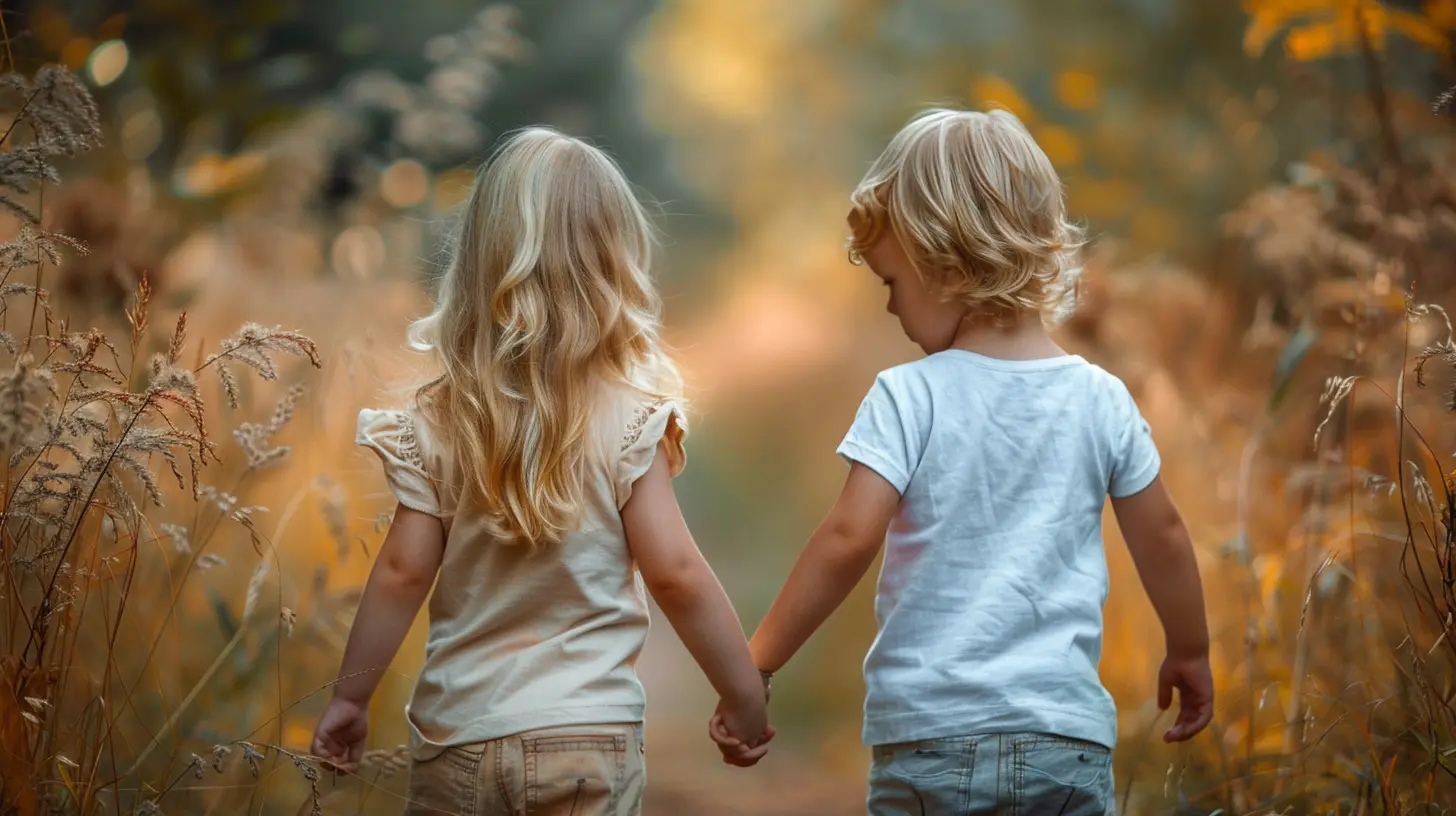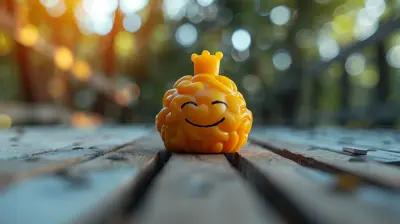Helping Children Navigate Peer Pressure and Social Dynamics
21 August 2025
Peer pressure and social dynamics are an inevitable part of growing up. From making friends to fitting in, children face a whirlwind of emotions as they navigate these social waters. Some experiences are positive, while others can be overwhelming or even harmful.
As parents, guardians, or educators, our role is to equip children with the right tools to manage peer pressure healthily. But how do we do that? How do we teach them the confidence to stand their ground while still maintaining friendships?
In this guide, we’ll break down the complexities of peer pressure, help you understand the impact it has on children, and share actionable strategies to support kids in developing strong social skills.

Understanding Peer Pressure
What Is Peer Pressure?
Peer pressure is the influence that friends, classmates, or social groups have on a child’s behavior. It can be direct or indirect, and it doesn’t always come in the form of bad decisions. Sometimes, peer pressure can encourage positive habits, such as academic excellence or involvement in extracurricular activities.However, negative peer pressure often leads to risky behaviors—like lying, bullying, substance use, or breaking rules—simply to fit in. Kids, especially preteens and teenagers, may struggle with the desire to belong, which can sometimes override their sense of right and wrong.
Why Are Children So Susceptible?
Children and teens are in a critical stage of development where social acceptance feels like the most important thing in the world. Their brains are still developing, particularly the prefrontal cortex, which is responsible for decision-making and impulse control. That’s why they may make choices in the heat of the moment that they later regret.Hormones and emotions play a significant role too. The fear of being excluded or ridiculed can make it incredibly difficult for them to say "no" even when they know they should.

Types of Peer Pressure
Peer pressure manifests in different ways, and understanding them can help us address the issue effectively.1. Direct Peer Pressure
This happens when a child is explicitly pressured to do something, often with phrases like:- “Come on, just try it once.”
- “If you don’t do this, you’re not cool.”
It’s straightforward and easy to identify, but not always easy to resist.
2. Indirect Peer Pressure
Unlike direct pressure, this type is more subtle. Children feel the need to conform simply because “everyone else is doing it.” They may not be directly asked to participate, but they feel left out if they don’t.3. Positive Peer Pressure
Not all peer pressure is harmful. A friend encouraging another to study harder, join a sports team, or volunteer can be beneficial. Having the right social circle can influence children to adopt healthy habits.4. Negative Peer Pressure
This is the most concerning type—pressuring a child into making poor choices like lying, stealing, drinking, or skipping school. The fear of rejection makes it hard for kids to resist.
The Impact of Peer Pressure on Children
Peer pressure affects children emotionally, socially, and mentally. Some kids develop low self-esteem, while others engage in risky behaviors that have lasting consequences. Here are some common impacts:- Anxiety and Stress – Constantly worrying about fitting in creates emotional turmoil.
- Declining Academic Performance – Trying too hard to impress friends can lead to neglected studies.
- Low Self-Esteem – Repeatedly giving in to pressure can make children doubt their abilities.
- Risky Behavior – Some succumb to dangerous habits like substance abuse or reckless behavior.

How to Help Children Navigate Peer Pressure
1. Build Their Confidence
Confidence is a child’s best defense against peer pressure. When kids have strong self-esteem, they are less likely to seek outside validation. Encourage their talents, celebrate their achievements, and remind them that their worth isn’t determined by what others think.A child who believes in themselves is more likely to stand their ground when faced with negative influences.
2. Teach Them to Say “No” Assertively
Sometimes, saying "no" feels impossible because kids fear ridicule. Role-play different scenarios with them to practice responses like:- “No thanks, that’s not my thing.”
- “I’m good. I don’t need to do that to have fun.”
Using a firm voice, maintaining eye contact, and standing confidently can make a huge difference.
3. Help Them Choose the Right Friends
The company a child keeps plays a major role in their behavior. Encourage them to surround themselves with supportive, kind, and respectful friends. If their peers constantly pressure them into uncomfortable situations, it might be time to reevaluate those friendships.A good rule of thumb? If a friendship makes them feel anxious or pressured to change who they are, it’s not a healthy one.
4. Encourage Open Communication
If kids know they can talk to you without fear of judgment or punishment, they’ll be more likely to share their struggles. Ask open-ended questions:- “How do you feel about your friends?”
- “Have you ever been in a situation where you felt pressured to do something?”
The goal is to create an environment where they feel safe discussing their social challenges.
5. Teach Critical Thinking Skills
Kids need to develop the ability to analyze situations before making decisions. Encourage them to ask themselves:- “Is this something I really want to do?”
- “What could be the consequences of this action?”
- “Would I feel good about this decision later?”
By thinking critically, they’re less likely to act impulsively under pressure.
6. Share Personal Experiences
If you’ve ever faced peer pressure, share your stories. Kids often assume adults don’t understand, but hearing about your own struggles and triumphs can make them feel less alone.Let them know that everyone, even grown-ups, faces social pressure—it’s all about how we handle it.
7. Provide Safe and Positive Social Outlets
Help children find positive communities where they can belong—whether it’s a sports team, a club, or a hobby group. When they have a strong support system, they are less likely to seek validation from the wrong crowd.8. Teach Them It’s Okay to Walk Away
Not every situation requires confrontation. Sometimes, the best choice is to simply walk away from a toxic environment. Teach them that real friends respect their boundaries, and if someone makes them feel uncomfortable, it’s okay to remove themselves from the situation.9. Help Them Understand Consequences
Rather than using fear to discourage bad decisions, help kids understand the real-life consequences of giving in to negative peer pressure. Discuss stories (real or hypothetical) that illustrate the outcomes of poor choices, so they can see the bigger picture.Final Thoughts
Navigating peer pressure and social dynamics isn’t easy for kids, but with the right guidance, they can learn how to stand firm in their values while maintaining healthy relationships. As adults, our job is to reinforce their confidence, provide an open line of communication, and equip them with the necessary tools to think independently.It won’t happen overnight, but with consistent encouragement and support, children can develop the resilience needed to manage social pressures and make positive choices. After all, helping them grow into strong, self-assured individuals is one of the greatest gifts we can give.
all images in this post were generated using AI tools
Category:
Child DevelopmentAuthor:

Alexandra Butler
Discussion
rate this article
1 comments
Molly McVaney
Teach them to be trendsetters!
August 24, 2025 at 3:53 AM

Alexandra Butler
Absolutely! Encouraging children to be trendsetters empowers them to make confident choices and set positive examples for their peers.


